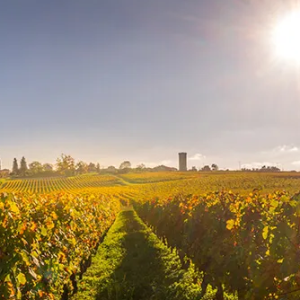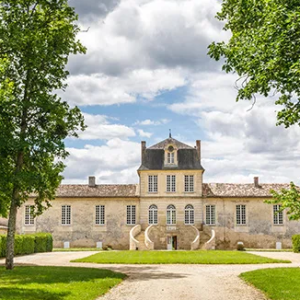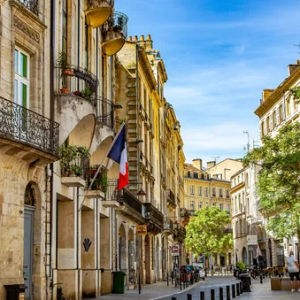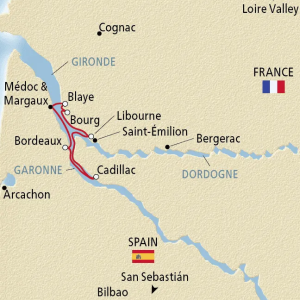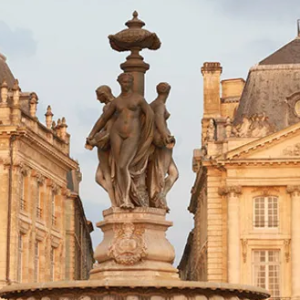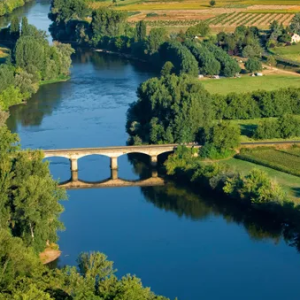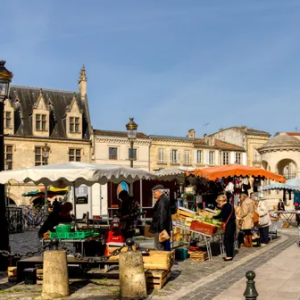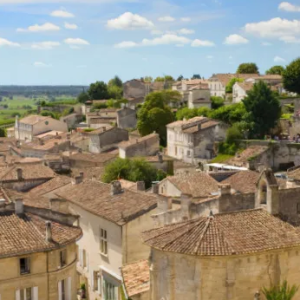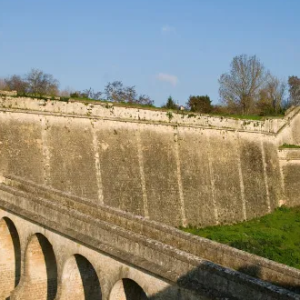Chateaux, Rivers & Wine
Viking River Cruises | 8 Days | Roundtrip Bordeaux
April - November 2026 Departures
Discover the ports, vineyards, farms and forests of Aquitaine, once Europe’s richest kingdom. See Bordeaux’s fountains and cellars. Hunt for truffles in Périgord, and create your own personal blend of Cognac at the Camus distillery. Savor France’s finest oysters fresh from the bay at Arcachon. Sip Saint-Émilion, Médoc and Sauternes in their ownterroir on an eight-day cruise through Bordeaux—a region synonymous with fine wine and finer living.
AAA Member Benefits and Special Offers:
- Member Benefits
- $100 per person shipboard credit
Viking Inclusive Value
- One complimentary shore excursion in every port of call
- Free Wi-Fi (connection speed may vary)
- Beer, wine & soft drinks with onboard lunch & dinner
- 24-hour specialty coffees, teas & bottled water
- Port taxes and fees
- Ground transfers with Viking Air purchase
- Visits to UNESCO Sites
- Enrichment lectures & Destination Performances
Day 1: Bordeaux, France (Embark)
Embark your ship and settle into your stateroom. Capital of the Aquitaine region, Bordeaux is celebrated for its thoughtfully preserved 18th-century architecture. Together, its glorious buildings, many of them built on the wine trade, comprise the world’s largest urban UNESCO World Heritage Site. Today, honored as a City of Art and History, Bordeaux is a “Little Paris” of beautiful boulevards, Gothic and baroque churches, and lovely parks and gardens. The towering spire of the flamboyant Basilica of St. Michael is visible from all over the city, while the city’s green spaces are a delight to explore on foot.
Day 2: Bordeaux, France - Scenic Sailing: Dorgogne River, France - Libourne, France
As you sail along the lush, green banks of the Dordogne, you will understand why writer Henry Miller called this fertile region a “country of enchantment.” Behind the tree-lined shores that you drift past, vast vineyards stretch into this peaceful and pastoral region, leading to sylvan forests harboring secret stashes of truffles and thriving farms that grow the season’s bounty of fresh produce. Occasional castles and grand manses peer out from behind hedgerows along the Dordogne, and the farther upriver you go, the more intimate and narrow the waters become.
This evening, dock in Libourne, where you will enjoy your overnight stay. Built as a fortified town intended to help colonize the wilderness areas of southwestern France, Libourne has hugged the confluence of the Dordogne and Isle Rivers since 1270. Libourne was founded and named by Roger de Leybourne under the English Crown and King Edward I. Later, the town was caught in the middle of struggles between the French and English in the 14th century; England’s loss was France’s gain when it joined the latter. Today, Libourne enjoys a respected status as a wine-making capital of northern Gironde and hosts one of the area’s largest fresh food markets.
Day 3: Libourne, France - Saint-Emilion, France
Libourne is a gastronomic haven, an inviting destination full of the authentic flavors of southwestern France. Situated in the picturesque heart of Bordeaux wine country, its surrounding vineyards have a long-standing tradition of crafting exceptional wines from Merlot, cabernet sauvignon and cabernet franc grapes, showcasing the region’s uniqueterroir. Libourne’s culinary scene shines, with an abundance of food markets and charming bistros offering fresh produce and regional delicacies, such asentrecôte à la Bordelaise, perfectly paired with renowned local wines.
Laced with steep cobblestone streets and blessed with stunning views of surrounding vineyards, Saint-Émilion rests on the rolling hills of the Gironde department. Its vineyards, originally planted by Romans in the 2nd century, rank among the world’s finest and were even praised by the Latin poet Ausonius. For its remarkable blend of medieval ruins and Romanesque churches in a medieval atmosphere, the entire town is a UNESCO World Heritage Site. Its narrow lanes are a pleasure to explore, and its cafés invite long lingering sips of the delicious wines that are produced here.
Day 4: Bourg, France - Blaye, France
The village of Bourg reclines along the Gironde, just beyond the confluence of the Garonne and Dordogne Rivers. Perched on a rocky slope and encircled by medieval walls, it has always had a clear view of ships, friend or foe, heading toward Bordeaux. The citadel in the Upper Town has long kept watch. Pleasant strolls unfold at every corner, from the picturesque alleyways that tumble down to the harbor to the ancient King’s Staircase that provided the royals with quick access to the water. With a rich architectural heritage, it is one of France’s official historic villages.
A producer of fine red wines, the scenic town of Blaye rests on the Gironde River, just north of Bordeaux. Blaye boasts an extraordinary 17th-century citadel, dramatically set on a rock along the river. The sprawling fortress was built on the orders of King Louis XIV to protect Bordeaux, upstream on the Garonne River. Its ancient Gothic château contains the tomb of Charibert II, King of Aquitaine. Legend has it that the Frankish hero Roland, who served Charlemagne, is also buried here. The citadel, its city walls and two nearby forts comprise a UNESCO World Heritage Site.
Day 5: Medoc & Margaux Wine Country, France
Cussac-Fort-Médoc is a gateway to the Médoc wine country, home to the famed wine growing villages of Pauillac, Margaux, Saint-Estèphe and Saint-Julien. Collectively, they produce some of the world’s most prestigious wines with four of the fivePremier cru classé hailing from the Médoc region; Château Margaux, Château Lafite Rothschild, Château Latour and Château Mouton Rothschild. In addition, there are 60 Grandcru classé vineyards and many more incredible wineries, each offering insight into their rich winemaking heritage that has been passed on for generations.
Day 6: Bordeaux, France - Scenic Sailing: Garonne River, France
Bordeaux’s good fortune began in the 12th century when Duchess Eleanor of Aquitaine married Count Henri Plantagenêt, who soon became King Henry II of England. Their wedding in 1152 led to a growing popularity in wine production. Claret was the primary style of Bordeaux wine at the time and England imported it in large quantities. France regained control of the region and its vines at the close of the Hundred Years’ War in 1453. Since then, the city and its surrounding region has produced many styles, from simple table wine to the most prestigious and coveted bottles.
Though its name may not be familiar, the Garonne River is among the most beloved waterways in the world of wine lovers. As you sail its languid waters, gaze upon gentle hills laden with vineyards and riverside outcroppings dotted with honey-colored castles that share long histories of skirmishes. Sleepy French villages set the tone of life along the Garonne, where a slow pace and gentle patience serve the wine-growing industry well. Fishing is also prevalent along the river’s banks; you will pass some of the manycarrelets (small fishing huts) hugging the shores.
Day 7: Cadillac (Sauternes), France - Scenic Sailing: Garonne River, France
Cadillac was built as a fortified town to protect Bordeaux. Its mighty towers gave watchmen a clear view of the Garonne, and a clear shot should any foe attempt to pass. This charming town and its 17th-century castle retain much of their old-world charm. Cadillac’s locale on the waterway further gave it a central commercial role in the trade route to and from Spain. The name of the town was adopted by Antoine Laumet de la Mothe, Sieur de Cadillac, who later founded Detroit and governed Louisiana; the Cadillac division of General Motors is named for him.
Day 8: Bordeaux, France (Disembark)
All pricing and offers for accommodations and other non-air travel are per person, based on double occupancy, capacity controlled and subject to availability and change without notice. Pricing does not include taxes, fees, fuel surcharges, gratuities, resort fees, or airfare unless otherwise noted and is valid on new bookings only. Prices, fees, and other restrictions are subject to supplier policies. All offers, including but not limited to, bonus amenities, upgrades, prices, and group benefits are based on select dates, resorts, room categories, and/or fare codes. Specialty pricing may require proper identification. Cancellation penalties, blackout dates, and other restrictions may apply. When traveling outside the United States a valid passport is required. It is the sole responsibility of the passenger to have the proper documentation and identification required by the United States and other governments at the time of travel. When passports are required, it must be valid for a minimum of six months past your date of return. AAA strongly recommends the purchase of Travel Insurance. Usage of a credit card for travel arrangements may provide additional protection, please consult your credit card policies. Under certain circumstances the package price may be subject to supplemental price increases imposed by the supplier. Price increases include, but are not limited to fuel surcharges, taxes or fluctuations in foreign exchange markets that may be imposed after the date of purchase. Air-inclusive prices do not include government imposed taxes and fees, including but not limited to a September 11th Security Fee, U.S. or international government imposed taxes and fees, Federal Excise Fees, among others. Some carriers charge additional fees for checked bags, fuel surcharge, meals, etc. Please check the carriers website for details. Air-inclusive pricing is based on select departure cities. Prices from other cities may vary. AAA Oregon/Idaho acts solely as a sales agent for travel suppliers and is not responsible for the actions or inactions of such suppliers. We monitor all of the information presented on our website; however, we do not assume responsibility for any errors or omissions in the content of the offers displayed. Review full Travel Disclosure and Consent at time of booking.
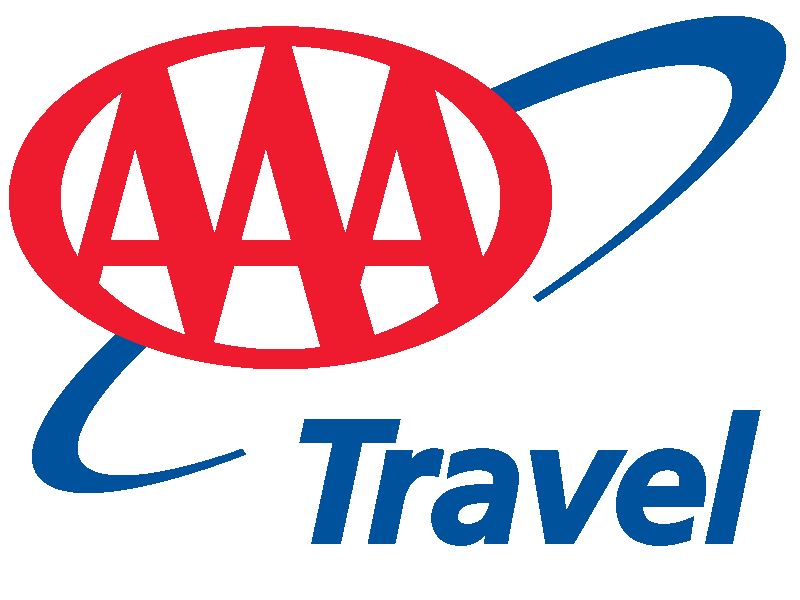 Click Here to View Your Vacation
Click Here to View Your Vacation
